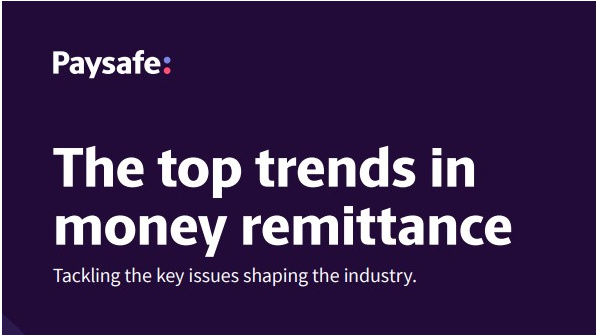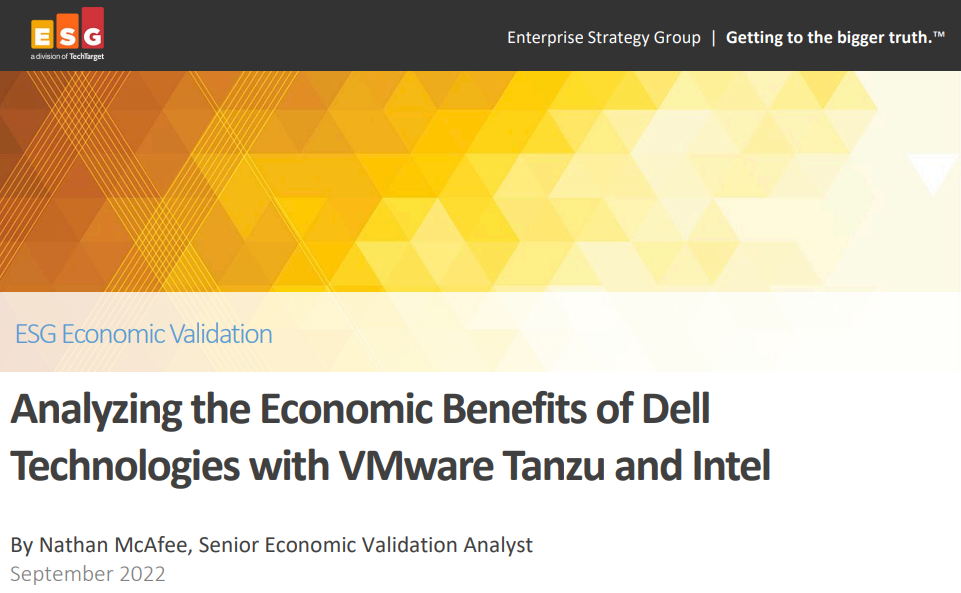Best ways to lead as a CIO in the digital world
IT leaders from Air Malta, Mars Inc and Mercedes-AMG describe what success looks like for them


Great CIOs are great leaders - they are able to keep colleagues in their departments happy and can work effectively with people across the organisation. That can be a tough ask in a digital age, where the range of business requirements continues to change frequently.
So, what's the best way to lead people in the digital world?
For some, the answer to that lies in being able to focus on core roles and responsibilities. Barry Lowry, government CIO for Ireland, tells IT Pro: "The key lesson is to remember that the main role of the CIO is to drive the business forward and not spend your time playing around with tin. My interest has always been strategy and people," he says.
"I want to think about how technology can help to deliver better services, rather than implementing systems for the sake of it. CIOs who are doing their jobs properly will be guiding the board of an organisation and showing them the opportunities that can be seized through using technology."
Compensating for innovation
That core focus on future possibilities is something that resonates with Alan Talbot, CIO of Air Malta. He says one of the keys to keeping people onside is to ensure they are always aware of the potential to change the business with technology. Even more crucially, this awareness of the power of innovation must be matched with a suitable compensation structure.
Talbot says his organisation has introduced performance-related pay when it comes to research and development. People within his team are charged with coming up with new projects using alternative technologies. They are then expected to think about how these developments might be applied within the airline industry.
"Now, whether those projects are feasible or not is another matter - but at least this approach encourages people to think of the alternatives and to look at new things," says Talbot. "The collateral you can get from that approach as a bi-product is quite significant."
Get the ITPro daily newsletter
Sign up today and you will receive a free copy of our Future Focus 2025 report - the leading guidance on AI, cybersecurity and other IT challenges as per 700+ senior executives
One crucial facet of Talbot's approach is his preparedness to encourage staff to look beyond the enterprise firewall for new ideas. He says CIOs who want to reward innovative thinking must encourage staff to focus on concepts from outside their traditional comfort zone.
"In the case of my staff, that's about looking beyond the aviation industry," he says. "I think there's so much benefit from looking at other industries and emulating what companies are doing. You can find a solution to some of your own problems."
Success is no longer just about technology
While great ideas can be found outside your sector of operation, the gestation of these concepts must be grounded back at base. Variations in operational activities mean leadership techniques can vary between companies and industries. Christine Walters, director of Informatics at St Helens and Knowsley Health Informatics Service, recognises she faces different business challenges to her private-sector counterparts.
"As a healthcare CIO, you need to be attuned to the business opportunities and challenges. You must be an active part of the business, not just a support service," she says, suggesting the role of public sector IT leader needs to change to meet these requirements. The good news, says Walters, is the role is transforming.
"Success as a CIO is not just about technology anymore," she says. "You need to be focused and driven. You need to engage from the top of the organisation to the bottom, and you also need to receive great support from your suppliers."
Like Walters, Amit Apte, global director of digital integration at Mars, says the best way to lead people in a digital age is directly related to the sector of operation. "There isn't a generic answer," he says, before outlining a couple of key examples relating to organisational size.
"If I worked in an SMB, my answer would be you need a single data owner, a single set of policies, a single set of tools and a single data model. The reality is that that's not possible in a large business like Mars because every segment is different, every product is different, and every brand is different," says Apte
He says technology leaders at bigger businesses must create a digital framework, which is something Apte and his senior peers have established at Mars. The company encourages its people, known as associates, to take project ownership and accountability. Apte says CIOs also need to ensure governance and standards around data-use exist and are adhered to.
"At Mars, for example, we have data councils that work on standardisation," says Apte. "There's governance around all those principles and data stewards ensure those principles work. That's probably the way forwards for larger businesses, but there isn't only one answer when it comes to leading in a digital world."
Shiny tech doesn't engage a workforce
CIOs looking to lead successfully can also face subtle variations in personnel within their IT department, including in terms of professional experience. Matt Harris, head of IT for Mercedes-AMG Petronas Motorsport, says there's a rough split in his IT team between people who have been with the department for three years or less, and those who have been with the organisation for much longer.
"It's a challenge to keep everyone engaged," says Harris, recognising the scale of the issue facing all IT leaders. "It might be easier when it comes to new employees who are getting used to the fresh challenge of working for a business with very public-facing results. But how do you keep someone engaged who's worked for you for ten or 15 years? How do you make sure they're still enthusiastic?"
Harris says attracting talent is only part of effective skills management; keeping people is crucial, too. CIOs can lose people, both new hires and long-term employees, if the work is boring. To this end, Harris says he needs to focus on continuous training and development - and showing people how to constantly focus on organisational objectives is critical.
"We can't just keep giving our people new technology to play with and spending money on systems and services," he says. "We have to introduce technology for the right business reason. There's a fine balance between keeping the lights on, doing the day-to-day work and introducing new technologies."

Mark Samuels is a freelance writer specializing in business and technology. For the past two decades, he has produced extensive work on subjects such as the adoption of technology by C-suite executives.
At ITPro, Mark has provided long-form content on C-suite strategy, particularly relating to chief information officers (CIOs), as well as digital transformation case studies, and explainers on cloud computing architecture.
Mark has written for publications including Computing, The Guardian, ZDNet, TechRepublic, Times Higher Education, and CIONET.
Before his career in journalism, Mark achieved a BA in geography and MSc in World Space Economy at the University of Birmingham, as well as a PhD in economic geography at the University of Sheffield.
-
 Should AI PCs be part of your next hardware refresh?
Should AI PCs be part of your next hardware refresh?AI PCs are fast becoming a business staple and a surefire way to future-proof your business
By Bobby Hellard
-
 Westcon-Comstor and Vectra AI launch brace of new channel initiatives
Westcon-Comstor and Vectra AI launch brace of new channel initiativesNews Westcon-Comstor and Vectra AI have announced the launch of two new channel growth initiatives focused on the managed security service provider (MSSP) space and AWS Marketplace.
By Daniel Todd
-
 Better together
Better togetherWhitepaper Achieve more with Windows 11 and Surface
By ITPro
-
 Transforming the enterprise
Transforming the enterpriseWhitepaper With Intel and CDW
By ITPro
-
 The top trends in money remittance
The top trends in money remittanceWhitepaper Tackling the key issues shaping the money remittance industry
By ITPro
-
 How Kantar revamped its IT infrastructure after being sold off
How Kantar revamped its IT infrastructure after being sold offCase Study Being acquired by a private equity firm meant Kantar couldn’t rely on its parent company’s infrastructure, and was forced to confront its technical shortcomings
By Rene Millman
-
 Deutsche Bank wraps up Postbank IT integration after bug-laden migrations
Deutsche Bank wraps up Postbank IT integration after bug-laden migrationsNews The IT merger is expected to generate annual savings of €300 million by 2025
By Daniel Todd
-
 Analyzing the economic benefits of Dell Technologies with VMware Tanzu & Intel
Analyzing the economic benefits of Dell Technologies with VMware Tanzu & IntelWhitepaper ESG economic validation
By ITPro
-
 Defra needs £726 million to modernize pervasive legacy IT issues
Defra needs £726 million to modernize pervasive legacy IT issuesNews A significant portion of IT systems are reportedly still in extended support or are fully unsupported
By Ross Kelly
-
 Former TSB CIO fined £81,000 for botched IT migration
Former TSB CIO fined £81,000 for botched IT migrationNews It’s the first penalty imposed on an individual involved in the infamous migration project
By Ross Kelly